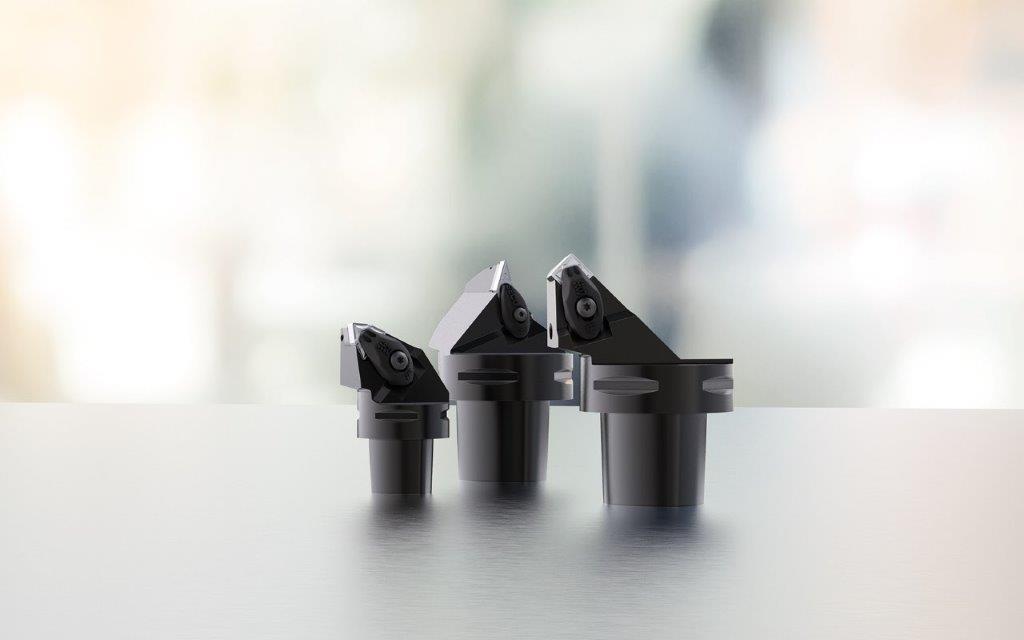Seco Tools, Seco Tools 3D manufacturing creates new opportunities
Fagersta, Sweden and Pune, India – Seco Tools, a leading global provider of metal cutting solutions, employs additive manufacturing, also known as 3D printing, to create products that would otherwise be difficult or impossible to manufacture. The advantages include shorter lead times, improved tool life, and increased sustainability. The development and manufacture of prototypes for metal-cutting machining by means of additive manufacturing (AM) is becoming increasingly commonplace in the operations of Seco Tools. One of the main strengths of this manufacturing method is the possibility of making specialized customer-specific tools and solutions that are difficult to achieve through conventional manufacturing. Above all, AM technology will come into its own when producing tools that must be designed in a special way. This may involve complex geometries or other customizations to customer-specific needs.
Examples of such customizations include making the tools lighter, which improves their vibration-dampening properties, or providing them with better cooling possibilities. “By directing the coolant to hit the cutting edge at just the right place, we can significantly extend the tool’s useful life. With AM technology, coolant can be guided to locations that would otherwise have been impossible,” explains Ingemar Bite, R&D Specialist, Seco Tools, who also believes that AM technology is helping to shorten lead times. “AM allows for us to produce geometries that require fewer manufacturing steps, which often results in shorter lead times and thereby, faster deliveries.”
Increased sustainability
AM technology will also open up the possibility of repairing broken tools in the future by removing dysfunctional components and printing them anew. This could, for example, involve tool components or the reuse of different types of machine-side connections. This is a particularly good idea in terms of the environment and sustainability. Another advantage with AM technology, compared with traditional manufacturing in this context, is that there is less waste of materials. Overall, not as much material is used for AM manufacturing, and any leftover powder can be reused. Additive manufacturing could thus be a time- and cost-efficient method for one-of-a-kind production and prototype development. However, it could also work excellently for the large-scale manufacture of standard products. The company is already manufacturing cooling clamps for its Jetstream tools through 3D printing. “The cooling clamps have a complex form with curved cooling channels and are thus well-suited to this type of manufacture,” says Bite.
Continuous improvements
The R&D department at Seco Tools works continuously to improve the use of AM technology for the development and manufacture of new and existing products. The company is constantly looking for ways to improve its products and how to best utilize AM technology. “We like to collaborate with our customers on these efforts and to conduct tests together with them,” asserts Bite, who is of the opinion that even the materials can be developed. “The materials that are currently used in AM are no different in nature than those being used in conventional manufacturing, and the technology works well with many different metals. In the future, we will add even more and superior materials, while regularly adapting our equipment and upgrading hardware and software as needed,” he concludes.
Different methods can be used for additive manufacturing; the one that Seco Tools uses is called SLM (Selective Laser Melting). Here, lasers and a bed of metal powder are used to construct the products. In an SLM machine, a roughly 20-60 µm layer of powder is spread, and then processed by a laser. This process is repeated, layer by layer. Once all the layers are in place, the excess powder is removed, and the product goes into post-processing for its final form.
Image Source: Seco Tools





 Facebook
Facebook.png) Twitter
Twitter Linkedin
Linkedin Subscribe
Subscribe